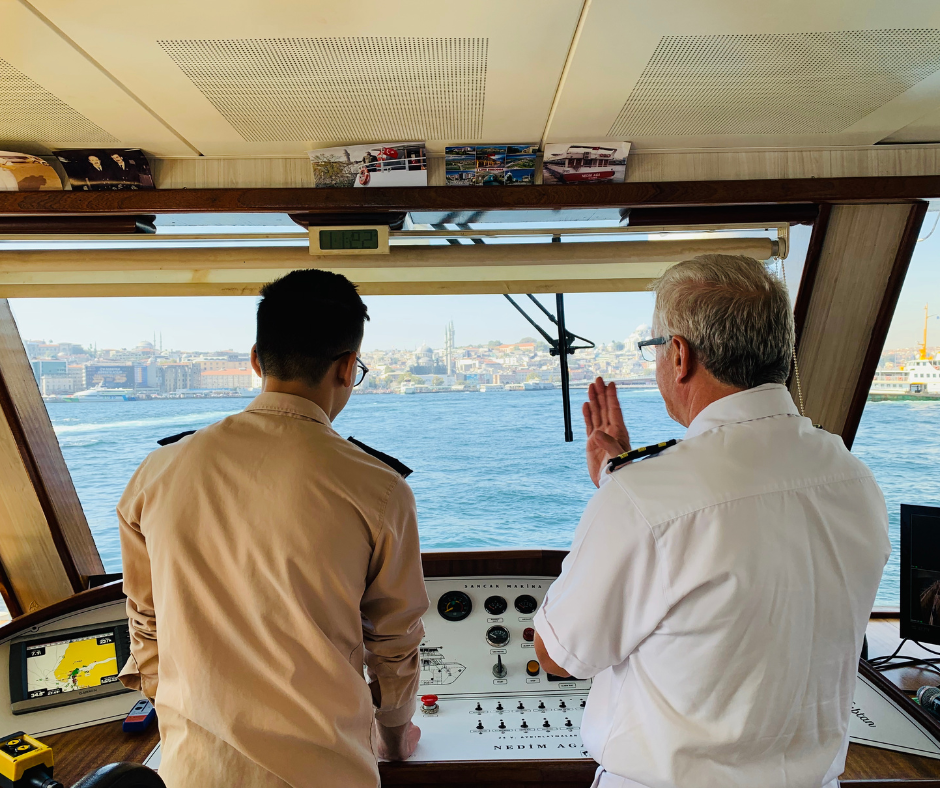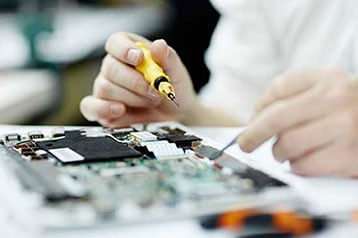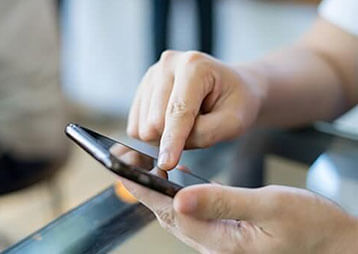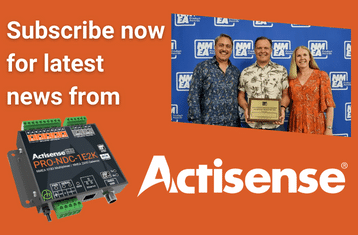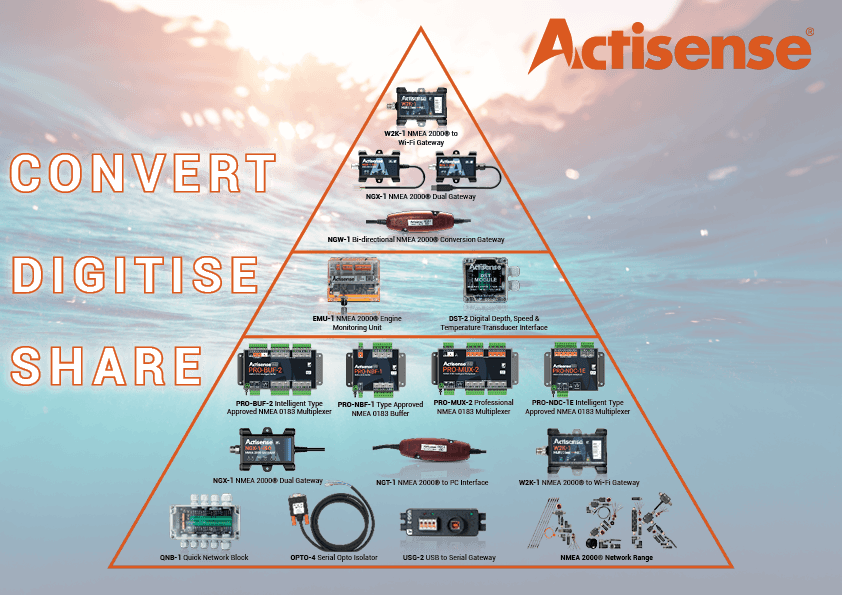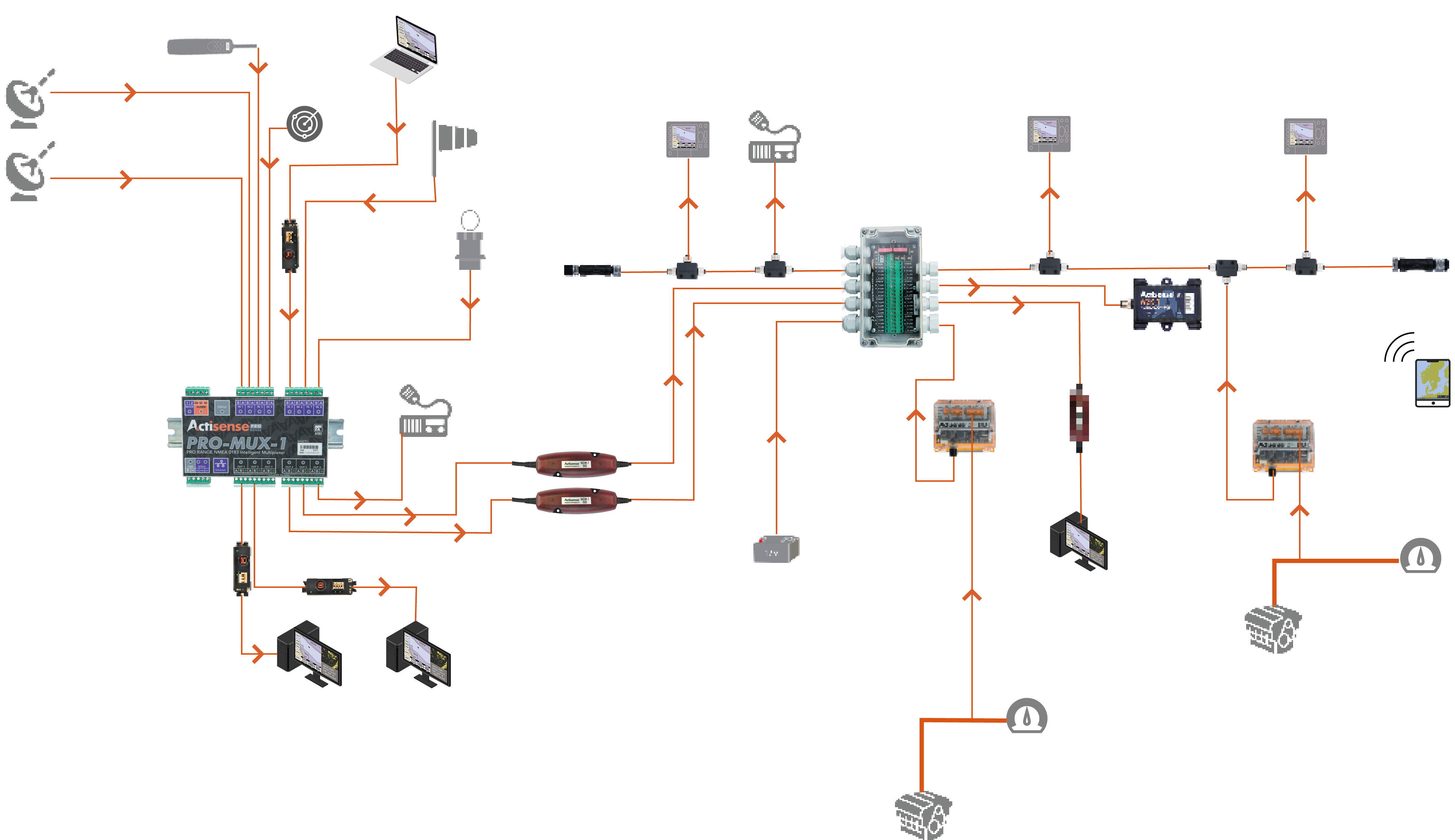
Large and complex networks can be daunting, both to a new installer and a boat owner trying to undertake some of the work themselves. This short article is going to provide a few tips and tricks for managing these elaborate networks, making your life easier.
Perhaps the most important part of the whole process is the planning step. When we talk about installing new networks, or adding in extra bits of equipment to networks which are already large and comprehensive, it is important that the ‘idea’ is achievable. Careful planning of networks and cabling makes managing a busy network much easier.
Sure, on small vessels the network topology and power supply may not be a concern, but on large systems the voltage drop and power consumption of each device is critical and calculations must be made for this.
You can read more about voltage drops and power consumption here: https://actisense.com/news/how-to-calculate-a-voltage-drop/
Part of the planning process is the creation and maintenance of diagrams. Large networks will have a high number of devices, cables and connections. This isn’t something that can be kept track of inside your head, and anyway that’s no use when another installer comes out to the boat because they would have no idea where anything is connected.
A fully detailed set of schematics with locations of each device, cable runs and connections etc. will make maintenance and future expansion much simpler, even on the most complex networks.
You can view our example network diagrams here.
With this in mind, the network and devices should be designed and installed with ease of maintenance in mind where possible. Devices should be easy to remove and replace or inspect and the network cabling and power cables should also be hidden but easy to access in the scenario that something needs replacing.
Cable management is a bit of a ‘given’ tip but it’s always worth mentioning. Whilst NMEA 2000 cable is easy to manage, NMEA 0183 wiring can be a real nightmare if not managed correctly.
It’s an all-too-common sight to find that behind the bulkhead, there is an abundance of wires like a rat’s nest. Whilst this isn’t the end of the world, it doesn’t make life any easier when we want to monitor or replace an instrument or do some re-wiring into additional devices. Keep wires tied together and use cable and conduit where possible to keep the installation clean, tidy and easy to manage.
Away from the physical layer and planning of the networks, it is also recommended to have a couple of gateway devices installed that can provide you with the network data.
An NMEA 2000 to PC Interface such as the Actisense NGT-1-USB is a perfect example of this. The device can transfer all currently available NMEA 2000 data into a PC application for you to monitor, along with listing every currently connected and powered device on the backbone, and the SRC address + manufacturer information of the products. This makes managing and monitoring your network much easier by giving a ‘live’ insight into what is currently happening on your NMEA 2000 network.
Exactly the same principle can be applied using an NMEA 0183 to PC Gateway such as the Actisense USG-2. The only difference here is that this can only monitor the output of the device connected to it, so if you wish to monitor multiple data streams, a multiplexer such as the NDC-5 will need to be used to combine the NMEA 0183 sentences into one output before being connected to the USG-2.

A nice alternative to this if you prefer wireless communication is the Actisense W2K-1 Wireless Gateway. The device connects to the NMEA 2000 network and logs every bit of data into the internal SD Card, and can also be configured to output data wirelessly in a number of different formats. A common application of this is using the W2K-1 configured to output data in NMEA 0183, and an application such as Navionics or OpenCPN.

The recently added Actisense-i diagnostic capability of the W2K-1 adds an extra string to your bow when monitoring your network, as the device can now display a number of parameters and bits of info that give you a basic insight into what’s happening at that time on the network. Thanks to the W2K-1s ability to join another network as a client, the vessel can also be monitored remotely if there is an on-board wireless or 4G/5G connection.
